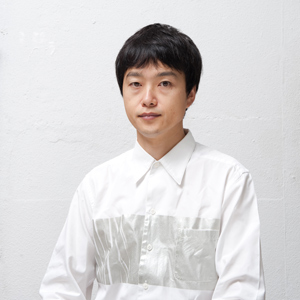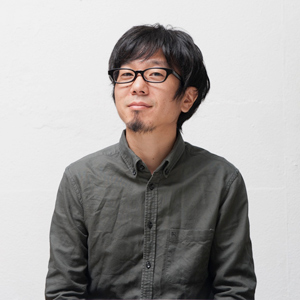Study Series
Interview with Koichi Suzuno
鈴野浩一「発見と協働で発想を拓いていく」
#01 現場の感覚を次のプロセスに転換する
#02 プロダクトは発想の変換で解を探る
#03 プロジェクトは掛け算でドライブさせる
#04 外に出て別の視点を持つべし
(このページは #02 プロダクトは発想の変換で解を探る の続き)
Study Series
Interview with Koichi Suzuno
“Developing ideas through discovery and collaboration”
#01 Transform the sense of the field to the next process
#02 Exploring Product Solutions by converting ideas
#03 Drive the project by multiplication
#04 Go outside and have a different perspective
(This page is a continuation from #02 Exploring Product Solutions by converting ideas)
不確定要素を増やして頭の中を超えるものを生み出す
── トラフも、スタートしてからもう長くなりますね。
鈴野:僕らの活動は「CLASKA(クラスカ)」の中の、長期滞在の客室〈テンプレート イン クラスカ〉を設計したところから始まっています。そのクラスカも、今年で終わってしまうみたいで、1つの時代を感じていますけど。
Embrace more uncertainty to go beyond what is in our minds
─ It’s been a long time since you started working with TORAFU.
Suzuno: Our starting point is designing <TEMPLATE IN CLASKA>, a long-stay guest room in the ” CLASKA ” brand. It seems that CLASKA closes its door at the end of this year, and we are feeling end of an era.
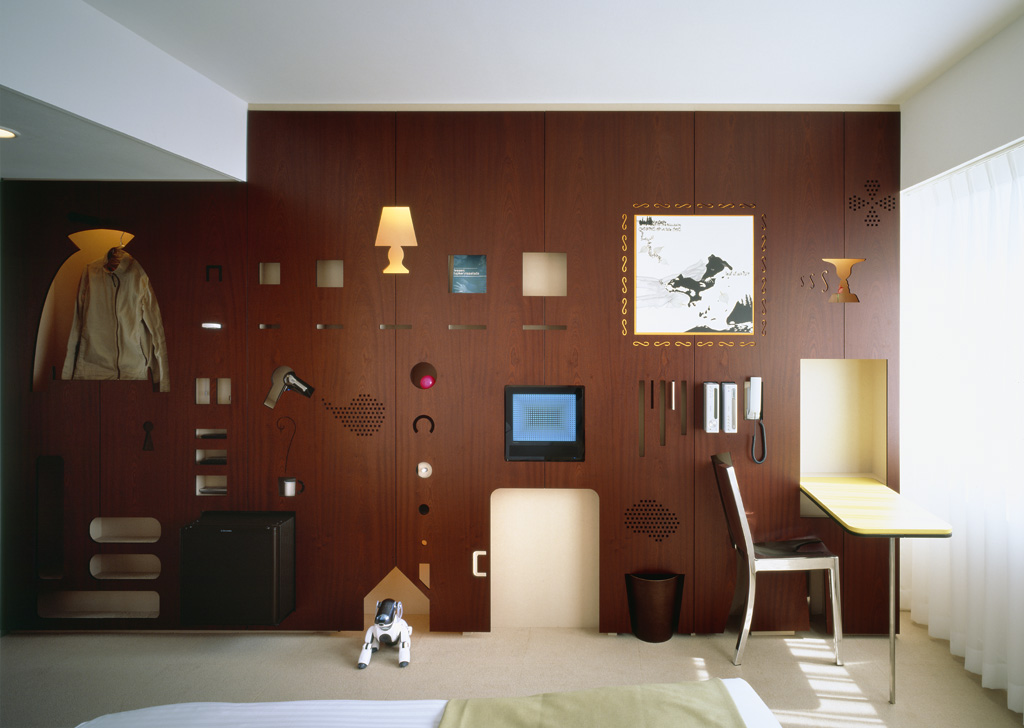
トラフは2004年に設立して、今年で16年になりますね。クラスカに事務所を構えてスタートして、面白いところにいられたのはすごくラッキーなことだったと思っています。
その後、今の建物に事務所を引っ越してから、もう10年になりますね。まだスタッフが2人いるくらいだったので、グラフィックデザイナーの山野英之さんの事務所(高い山)とシェアして。
下の階も空いていたので、家具デザイナーの藤森泰司さんが入居したところからコラボレーションが始まりました。今では、自分たちも藤森さんもワンフロア全部でやっていて。
お互いに刺激を受けますし、いろいろと助けてもらったり、そうした関係で仕事をしてきました。
── トラフはプロジェクトで、建築以外のジャンルの人と組んで協働することが多いですよね。その狙いは何ですか?
鈴野:建築やインテリア、プロダクトも、いろんな人と話をしながら取り組むことが多いですね。
それはグラフィックデザイナーやイラストレーターであったり、アーティストであったり。
クライアントでも、一緒に高めていけるような方々だと面白くなるように思います。
「このプロジェクトは何が特徴か」を考えて、そのプロジェクトでしかできないことを引き出せたらいいのかなと思っています。
事務所を始めたころは、千本ノックみたいに、来る話は拒まずにやっていました。
建築的にどう打ち返すかを考えながら、ときには結婚指輪とか、建築とはまったく関係ないような話もあって戸惑ったりもしました(#02で紹介した〈gold wedding ring〉)。
結婚指輪を考えたとき、ジュエリーデザインの業界の人からは「金を銀でメッキしちゃうなんてありえない」と言われて、「確かにそうだろうな」と思いました。
逆に、「建築の世界で自分たちも常識にとらわれているところがあるだろうな」と思ったんです。
新しい発想って、常識にとらわれていないところから生まれるものだと考えると、建築とは違う分野のことを、よりウエルカムに感じるようになったんですよね。
建築以外の分野に僕たちが建築的な発想で入っていくことで、素人ならではの強さというか、白紙から考えられることの強さがある。
でも、僕らにも定石のようなものがすぐにできちゃうんですよね。例えば、オフィスをつくり続けていると、「オフィスってこうやって、こうすれば解けるね」みたいな。
そうしていると、より良いものを追求できない状態に陥ってしまいます。「それだったら不確定要素を入れよう」と、他のジャンルの人と組んだりしています。
TORAFU was established in 2004, and this year it’s been 16 years. We started with an office in CLASKA and were very lucky to be in an exciting place.
Then we moved into the building where we are settled down now, and it’s been ten years now. There were only two staff members, so we shared the office with graphic designer Hideyuki Yamano’s office (TAKAIYAMA).
The downstairs was also empty, so the furniture designer Taiji Fujimori moved in, and we started collaborating with him. Both Fujimori and we have grown a bit in size, and we each rent an entire floor.
We inspire each other, and we’ve received a lot of help from each other, and this is how we’ve worked together.
─ In your projects, you often work with people from other fields than architecture. What is your aim in doing so?
Suzuno: We often work on architecture, interior design, and products by talking to various people.
These people may be graphic designers, illustrators, or artists.
Even with clients, it’s more enjoyable when they can work together to enhance the project.
We think about what’s unique about the project, and then we try to bring out the things that can only be done in that project.
In the early days, we accepted the offers we were consulted on, as if they were hard training.
While we were thinking about how to respond architecturally, sometimes we got confused by things like wedding rings and other things that had nothing to do with architecture (<gold wedding ring>, introduced in #02).
When I was thinking about wedding rings, people in the jewelry design industry said to us, “It’s impossible to plate gold with silver,” and we thought, “That’s true.”
On the other hand, we thought, “In the world of architecture, we too must be caught up in common sense.”
When we realized that new ideas come from outside the box, we started to feel more welcomed in a different field from architecture.
By entering a field other than architecture with our architectural ideas, there is a strength that only amateurs can have, or rather, the power of being able to think from a blank slate.
But we also tend to develop a particular way of doing things quickly. For example, if we keep making offices, we might think, “This is how an office should be done, and if we do this, we can solve it.”
If we keep doing that, we can’t pursue something better. Then we’d say, “Well, then, let’s add uncertainty,” so we would collaborate with people in other genres.
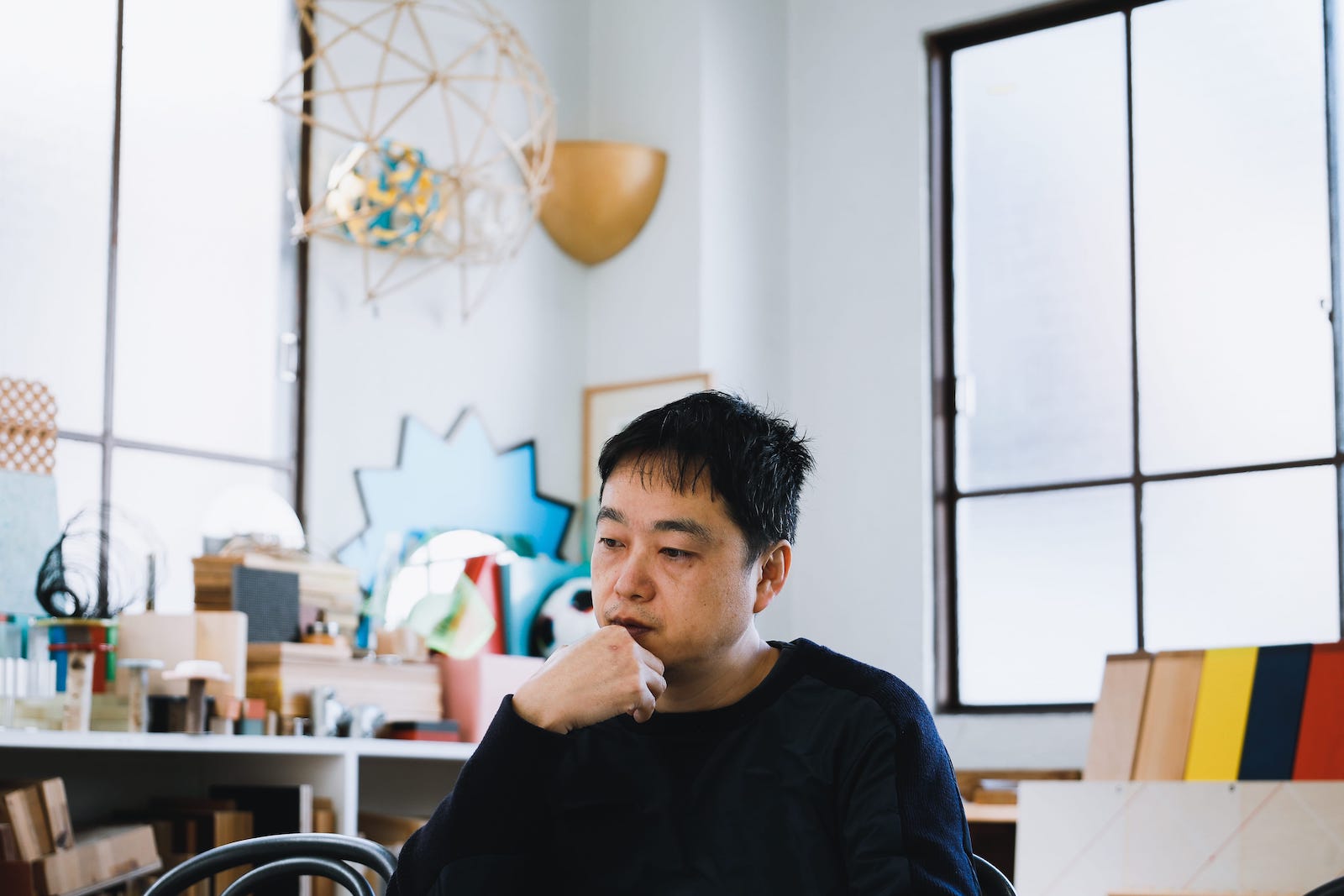
全部頭の中でできたものって、つまらない
鈴野:例えば〈GARAGE Dentsu isobar〉というオフィスでは、コントロールが効かない面白さみたいなものを受け入れていこうと思って。
それで、アーティストのmagmaと組んでオフィスつくってみよう、となりました。
この場所は、人が訪れたときにアイデアを出しやすいようにしたい、という要望もありました。
でもクライアント側は、アートに予算をかけることは難しいというので、オフィスに必要となるホワイトボードなどをmagmaの2人に考えてもらったんですね。
1つは、人の顔のようになっているホワイトボードです。唇のところに腰掛けることができて、座るとスピーカーの入った鼻から音が聞こえて、目の部分の電光掲示板では情報も流れるという。裏は普通にホワイトボードなんですけど。
Things made entirely in our minds are boring
Suzuno: For example, at the office of <GARAGE Dentsu isobar>, we wanted to embrace a kind of uncontrollable fun.
That’s how we came up with the idea of collaborating with the artist magma to create an office.
We wanted to create a place where it would be easy for people to develop ideas when they visit.
But the client didn’t have a lot of budget to spend on art, so we asked the two guys of magma to come up with some ideas for the office, like a whiteboard.
One is a whiteboard that looks like a human face. You can sit on it at the lip, and when you sit on it, you can hear sound from your nose with a speaker in it, and information is also played on the electronic board in the eye area. On the back, though, it’s just a regular whiteboard.
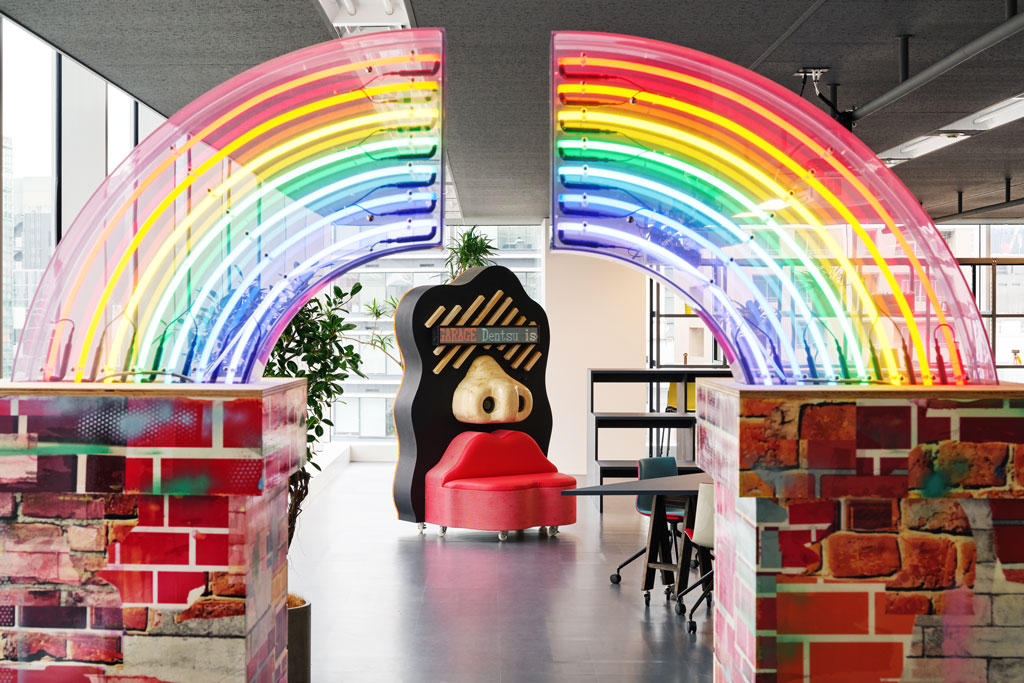
2つ目は、なぜか犬のアタマのようなかたちをしたホワイトボードで、お腹が空いたら引き出しの中のおやつを食べられるというものです。
表面には、犬の写真がコラージュでたくさん張ってあって、クリア塗装で固められています。
The second is a whiteboard shaped like a dog’s head for some reason, and if you’re hungry, you can eat the treats in the drawer.
The surface is covered in a collage of dogs’ pictures, and the body is covered in clear paint.
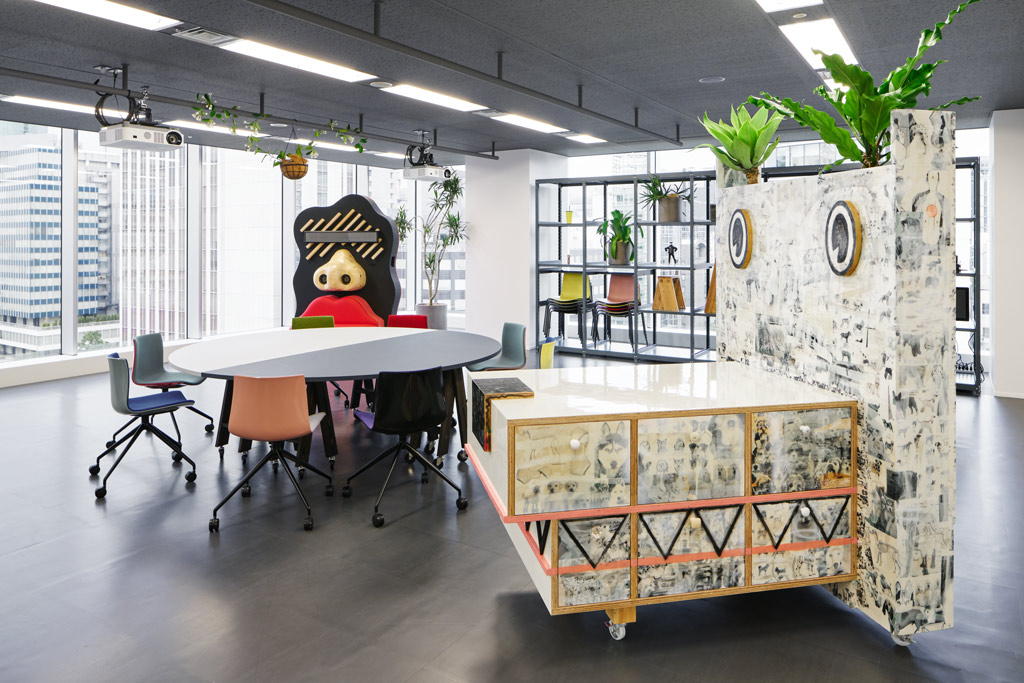
3つ目は、エントランス感がほしいという要望に対して、虹みたいなゲートをつくってくれました。
こういった要素ができてから、あとはどうするかということで考えながらつくったオフィスでした。
僕たちも、やろうと思えばグラフィックなどはできるけれども、掛け算の醍醐味を期待していろんな人に頼んでいくんですね。
いろんな人と組むときに、期待感を込めながら不確定要素的なものを増やすことで、予定調和にならないようにしています。
自分の頭の中に出てきたもの、それ以上のものを見ようとしながら、もがいてつくる。全部頭の中でできたものって、つまらないって思っちゃうんです。
料理だって調理するときのアドリブがあるし、写真も指示書であらかじめ指定できるものではないですよね。
その場の空気というか、そういうものをいかに混ぜ込むかによって変わります。
建築も、見積もりを取らないといけないから全部図面に描いていくんだけど、それを「現場でどうやったら崩せるかな」って考えています。
リノベーションの現場に行って、剥がしてみて壁がよかったから、やっぱり新しく張らないことにしようとか。現場に通わないと、分からないんですけどね。
僕たちがマテリアルから発想することがあるのも、料理人が市場に行って、「今日はこの食材が新鮮だから、これをどう生かしてつくろうか」と考える姿勢と同じだと思います。
何か決まったメニューをつくろうとして必要な食材を買いに行くのとは、また逆転の発想かなと。
そのほうが楽しいっていうのが、自分の中では大きいですね。
自分たちが楽しんでつくったもののほうが、建物やインテリアを見た人にも感動が伝わると思うんです。
The third one is a rainbow-like gate, which was designed to give the office an entrance feel.
Once these elements were completed, the office was built while thinking about what else we should do.
We can do the graphics and so on if we want to, but we ask many people to help us in the expectation of synergistic multiplication of people’s abilities.
When we work with various people, we try to avoid preestablished harmony by increasing the number of uncertain elements with a sense of expectation.
I always try to see something beyond what comes out from my head and struggle to create and achieve it. I find it boring when things are made entirely in my head.
You have to improvise when you’re cooking, and the photos can’t be specified in the instructions.
It depends on the atmosphere of the place and how you mix those things in.
With architecture, we have to get estimates, so we draw everything on the plan, and then we think about how we can break it down on site.
When we go to the renovation site, we would take it down and see how good the walls were, so we decide not to put up a new wall. If we don’t go to the renovation site, we won’t know, though.
Sometimes we think of materials in the same way that a chef goes to the market and thinks, “This ingredient is fresh today, so how can I make the most of it?
I think it’s an entirely different concept from going to the market to buy the ingredients you need to prepare a specific menu.
Whether we can enjoy it or not is important for us.
We think that the people who see the building and the interior will be moved by what we enjoyed making.
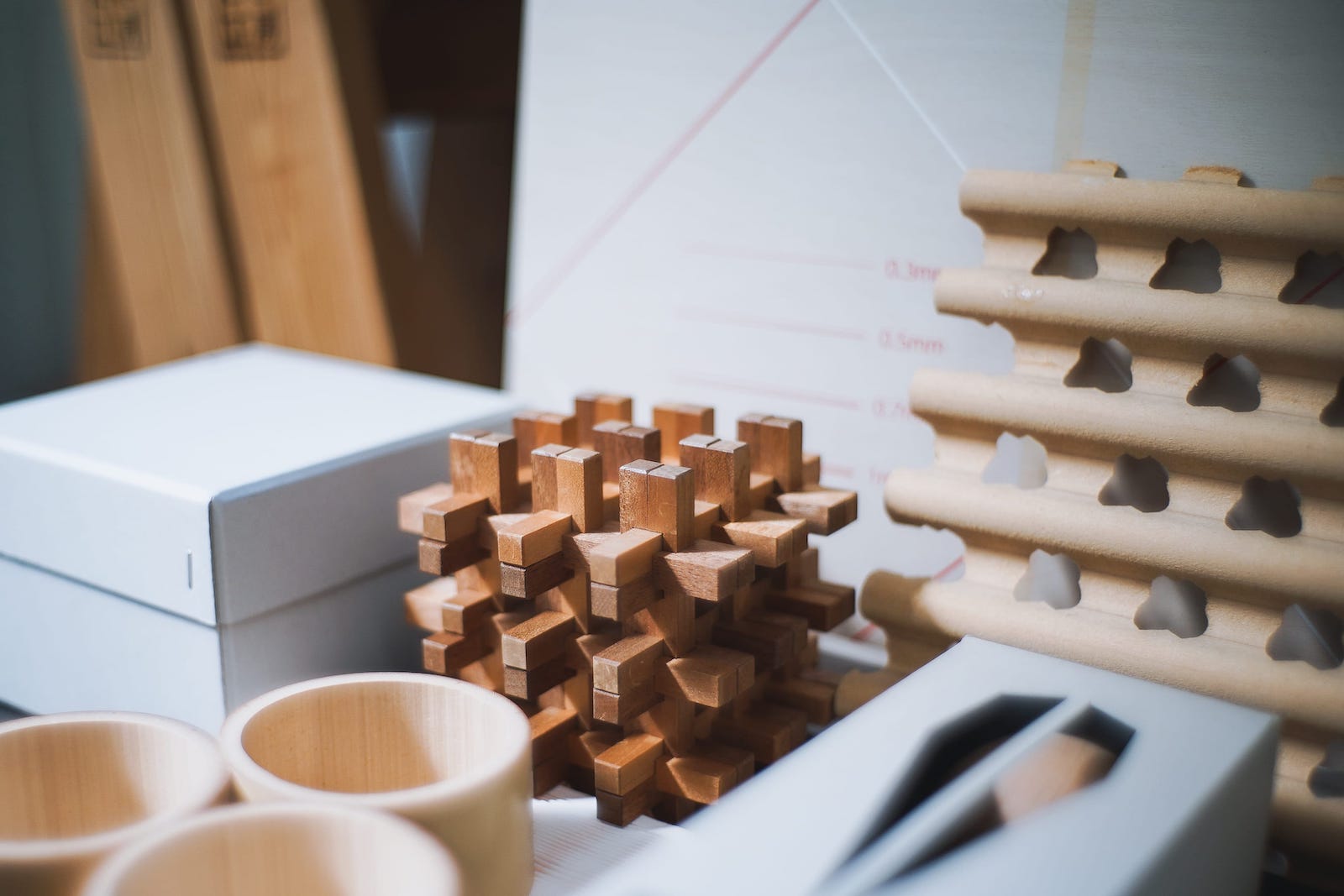
やりたいことから仕事を広げる
── これから、どのように仕事をしていこうと考えていますか?
鈴野:例えば、展示会場の計画では、「できたものを壊してまたつくる」みたいなことを、もう少しどうにかできないか、ということを考えています。
これからの設計はリユースやリサイクルの問題とは切り離せないと思いますし、「そうした提案をすることこそがデザインだ」と、最近は思うようになりました。
例えば、石巻工房で僕らが販売用に開発した〈AA スツール〉や〈AA ハイスツール〉などの家具を、会場構成のレンタルで使ったことがありました。
たくさんスツールをつくってもらい、会期が終わって廃棄するのはもったいないので、他の会場でも使えるのではないか、と資料にまとめていったんです。主催者にとっては、設営費を下げられますし。
石巻工房には「リースを主軸にした展開もしたほうがいいんじゃないの?」と提案して。今、石巻工房ではレンタル事業が定着しています。
Expand work from what we want to do
─ How do you plan to work in the future?
Suzuno: For example, in planning the exhibition hall, we’re thinking about how we can do something a bit more like “scrap and build” again.
We believe that future design cannot be separated from reuse and recycling issues, and we have recently come to think “making such suggestion is design consequently.”
For example, we once used <AA STOOL> and <AA HIGH STOOL>, which we developed for sale at Ishinomaki Laboratory, as part of a rental project.
Although we had asked Ishinomaki Laboratory to make many stools for us, we felt that it would be a waste to throw them away after the exhibition was over. We wondered if the same stools could be used at other venues, so we compiled a list of documents. For the exhibition organizer, there is an advantage in lowering setup costs.
We suggested to Ishinomaki Laboratory that it should also develop its business around leasing. The rental business is now well established at Ishinomaki Laboratory.
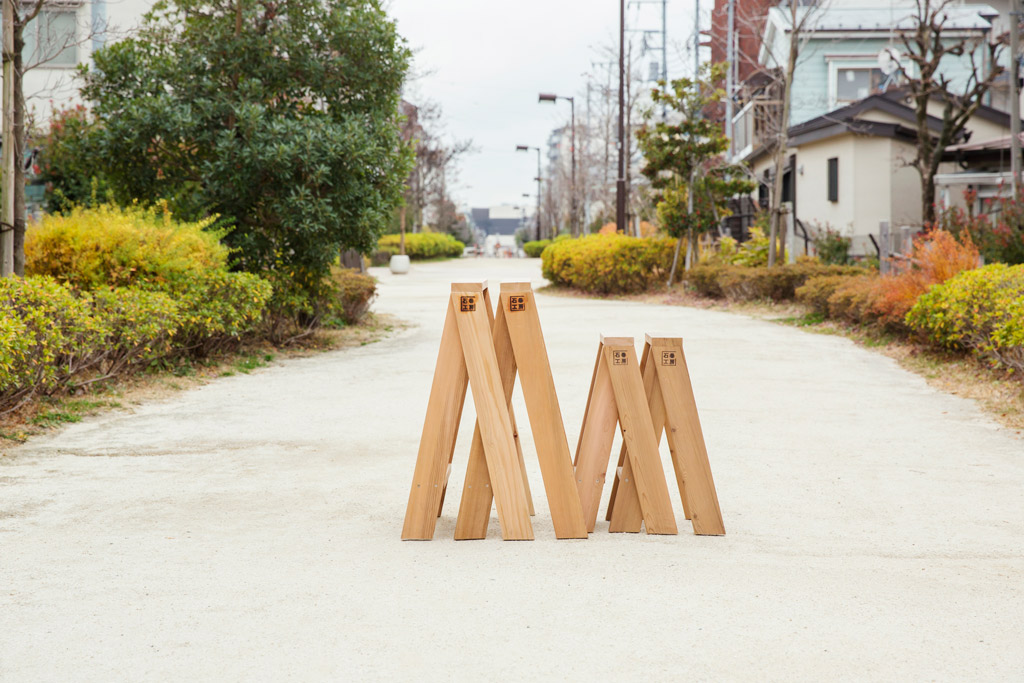
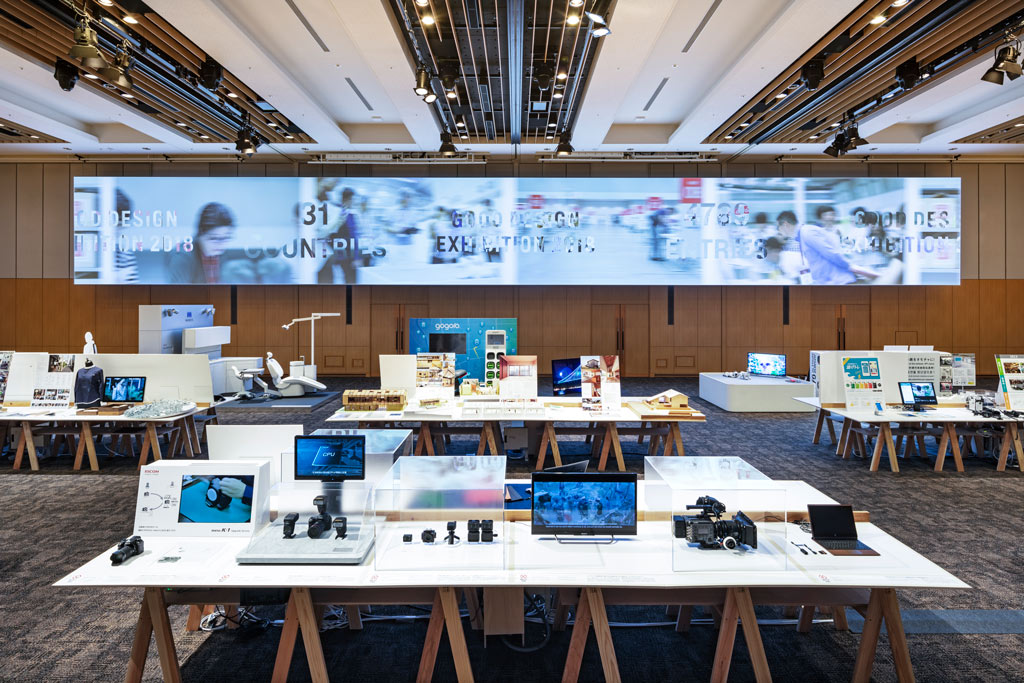
リサイクルという観点からは、僕らは最近、リフモというボードをよく使っています。洋服の端切れを集めて固めたリサイクル素材で、プレスで圧縮しているだけなのに強くて耐水性もあるので、いろんなところに使えます。
マテリアル自体の開発もしてみたいですね。先ほど言っていた(#02)「カラーポリモック」も、その一環です。
ここ数年は、トラフに依頼いただく企業の姿勢に僕たちが共感できるかも大切にしています。企業の空間をつくることは、企業の姿勢をかたちにするということですから。
それにはその企業や提供しているモノを好きになってファンにならないと、楽しいって思えません。
クライアントを応援する気持ちで空間にするという面では、自分に子どもが生まれたこともあって、子ども向けの家具や絵本ミュージアムの構成を手がけたこともあります。
自分に関係している気がするということも、デザインするには大切ですよね。
In terms of recycling, we’ve been using many boards lately called Rifumo, which is a recycled material made from scraps of clothing. It’s a recycled material made by collecting scraps of clothes and hardening them, and even though it’s just compressed in a press, it’s healthy and water-resistant so that it can be used in various places.
We want to develop the material itself as well. “COLOR POLYMOCK” I mentioned earlier (#02) was made as part of our material development.
In the last few years, we’ve been trying to understand the companies’ attitudes that ask us to work with them. Because when we create a space for a company, we are giving shape to their perspective.
To do that, we have to like the company and the things they offer and become fans. Otherwise, we won’t enjoy it.
In terms of creating spaces to support our clients, I’ve had a child born, and we’ve worked on furniture for children and designed the venue for a children’s book museum.
It’s also essential for us to feel like we’re relevant to the design process.
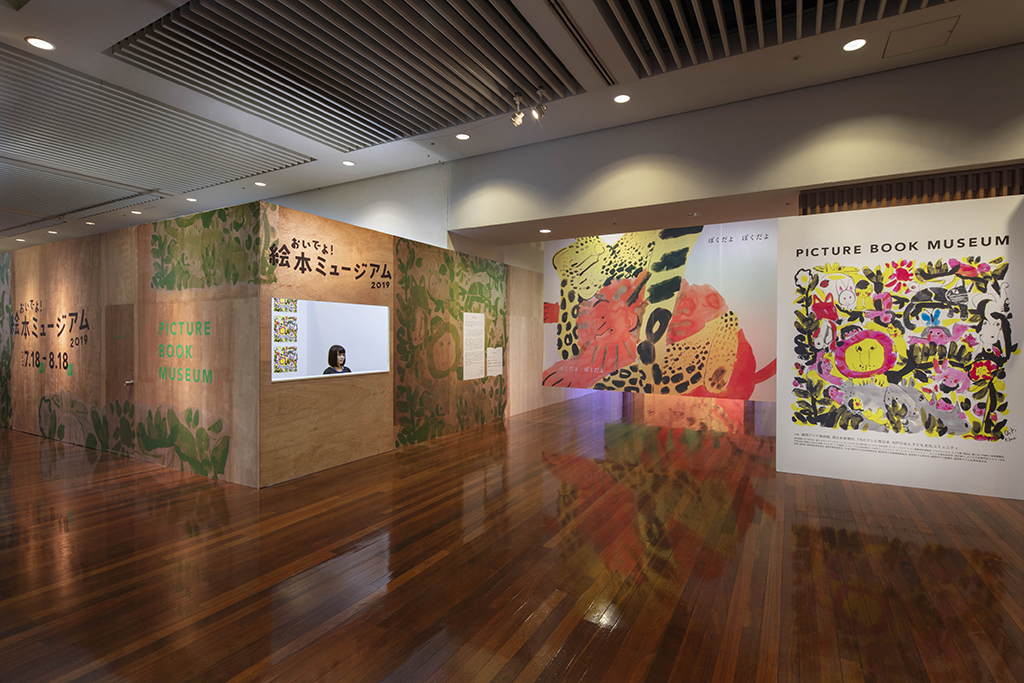
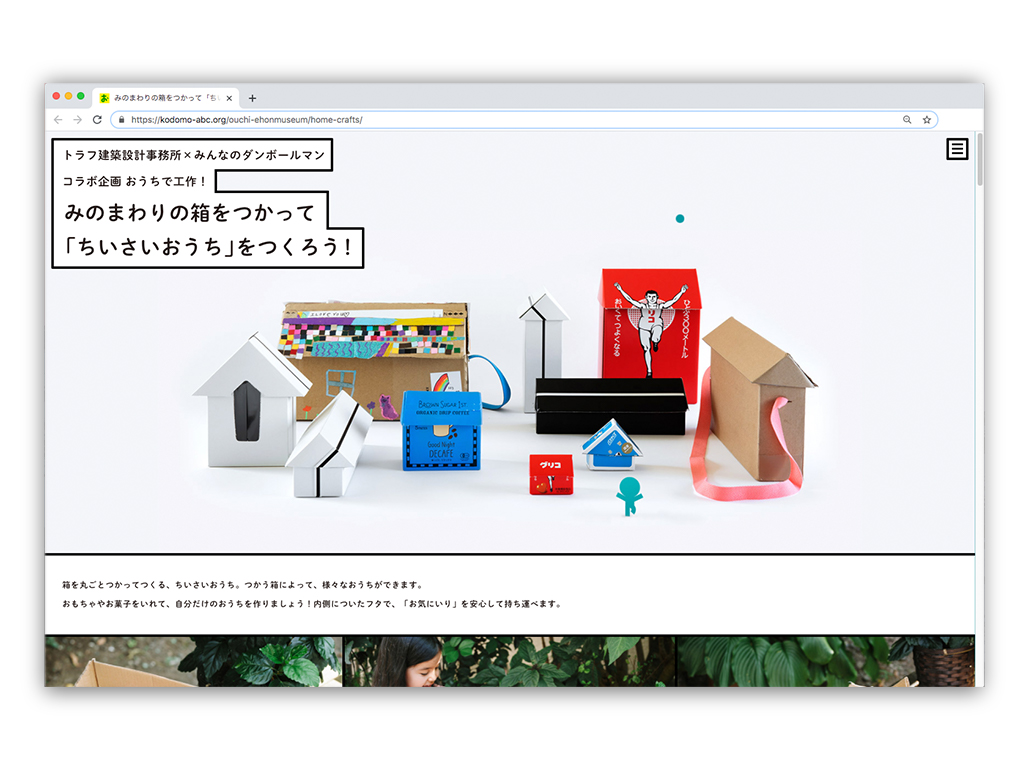
そして今は「自分たちがやりたい」ということがあれば、つくっていく時期かなと思っています。
これまでは来るものを拒まず、「トラフ的に、建築的に打ち返す」姿勢で突っ走ってきたんですけど、今すごく考えているのは「自分たちがどうしたいのか」ということです。
その中で、少しずつコントロールしながら発信していければ、「この事務所だから頼みたい」ということにもつながるのではないかと思っています。
(#04 外に出て別の視点を持つべし に続く)
And I think that now is the time for us to create if we desire to do something.
Until now, we have never rejected a request, and have always been able to respond to requests for work from a unique perspective, but now we are thinking about what we want to do.
If we take a little bit of control over that and send it out, I think it will be a strong reason to work with us.
(Continued on #04 Go outside and have a different perspective)

Study Series
Interview with Koichi Suzuno
鈴野浩一「発見と協働で発想を拓いていく」
#01 現場の感覚を次のプロセスに転換する
#02 プロダクトは発想の変換で解を探る
#03 プロジェクトは掛け算でドライブさせる
#04 外に出て別の視点を持つべし
Study Series
Interview with Koichi Suzuno
“Developing ideas through discovery and collaboration”
#01 Transform the sense of the field to the next process
#02 Exploring Product Solutions by converting ideas
#03 Drive the project by multiplication
#04 Go outside and have a different perspective

